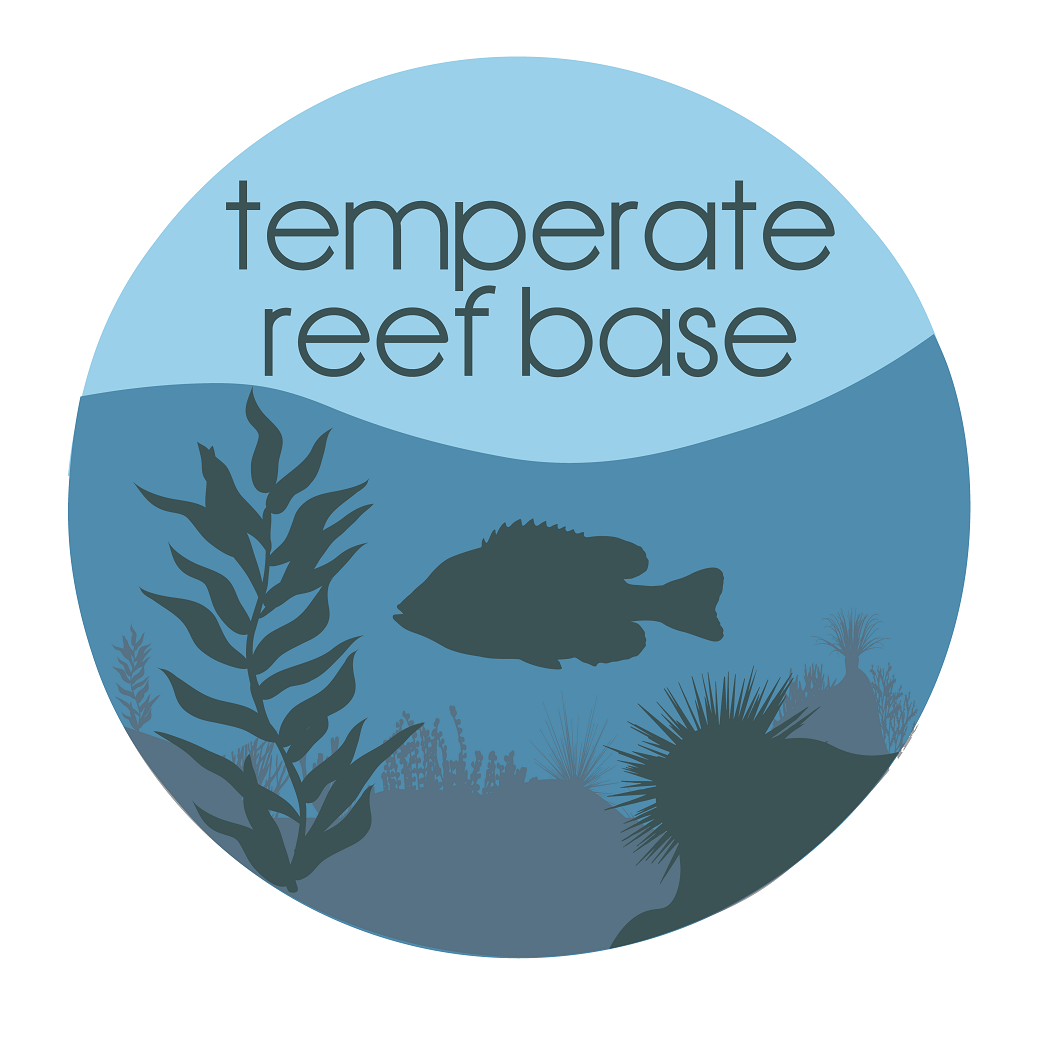geoscientificInformation
Type of resources
Topics
Keywords
Contact for the resource
Provided by
Years
-
A comprehensive and detailed multibeam sonar-based map of the shelf-break region of the Central Flinders Commonwealth Marine Reserve (CMR). It illustrates the extent that several canyon-head incisions are present in this region, and that inset from the shelf-break is a relatively extensive area of cross-shelf reef. Some of the canyon-head incisions are characterised by exposed reef areas, and these are indicated by localised regions of rapid change in depth. The cross-shelf reef is generally very low profile, but characterised by distinct reef ledges where bedding planes in the sedimentary rock types have eroded. These ledges, often between 1-2 m in height, can run for several kilometres as distinct features. The method of data extraction is based on Lucieer (2013). Three are three classes of seafloor map- one from GEOBIA, one from digitisation and one from Probability of Hardness based on Angular Profile Correction. Lucieer, V (2013) NERP broad-scale analysis of multibeam acoustic data from the Flinders Commonwealth Marine Reserve, Prepared for the National Environmental Research Program. Internal report. IMAS, Hobart, TAS [Contract Report]
-
Rocky reefs form an important habitat on the continental shelf and one subject to disproportionate fishing pressure given the high productivity of this habitat relative to adjacent sandy seabed. Despite this, little is known of the extent and nature of these systems beyond their value to the fishing industry. This project collated all known mapping data from government and industry (including data acquired during CERF and NERP Hubs) to provide an updated map of this key habitat around Australia. A geomorphological classification system is also being developed for these reefs, and associated cross-shelf habitats with the aim of it being accepted and adopted nationally, and it is being tested and refined for biological applicability. This record describes the national habitat map data product generated from multiple datasets collated as part of NESP MBH Project D3. The individual habitat mapping datasets collected as part of the data collation process have also been published and are linked to this record.
-
Data from multibeam echosounder surveys taken as part of the Ningaloo Outlook project were classified into various seafloor cover types according to their hardness, rugosity and depth. The classifications were validated with towed video ground truth where it was available. This dataset describes two AOIs which are explicitly part of the Ningaloo Outlook Deep Reefs project. Substratum classifications were applied using multibeam backscatter angular response curves along with rugosity as input to a maximum likelihood classifier. See original metadata record(s) and associated attached documents for accuracy estimates, alternate classification techniques, and additional surveyed areas. https://doi.org/10.25919/kssa-5b46 https://doi.org/10.25919/kttc-x397 https://doi.org/10.25919/8m65-7k26
 TemperateReefBase Geonetwork Catalogue
TemperateReefBase Geonetwork Catalogue